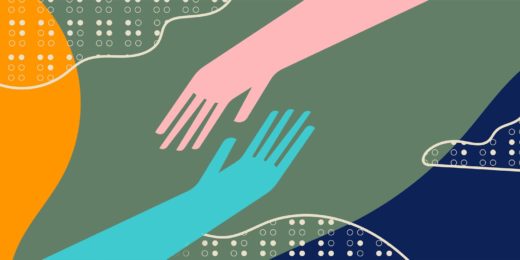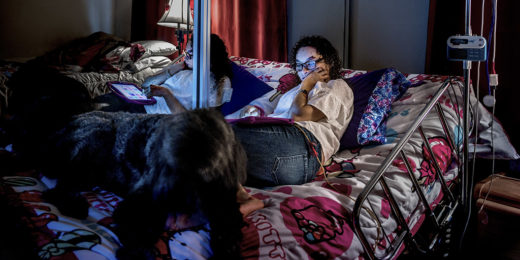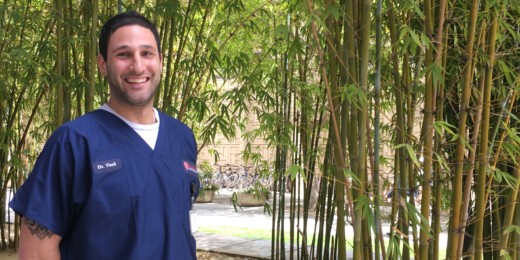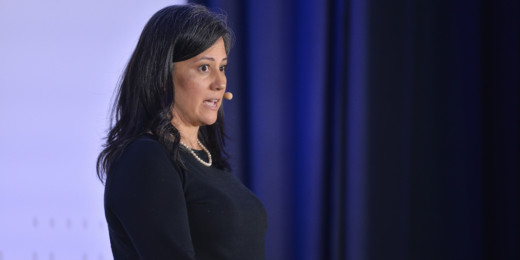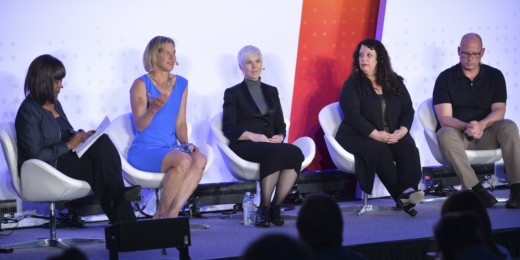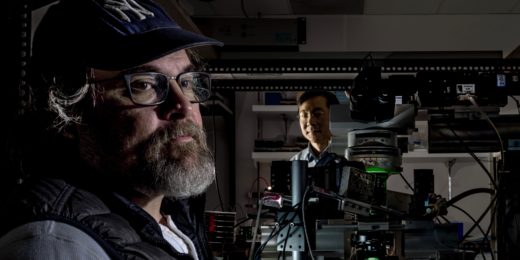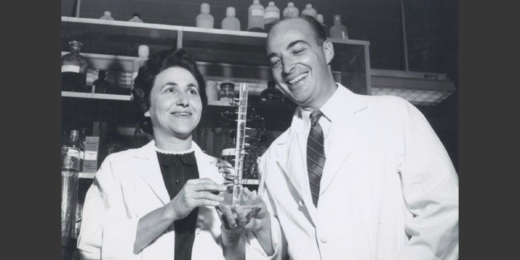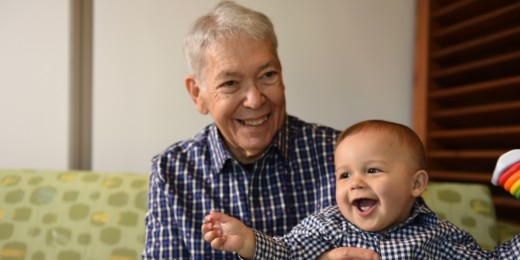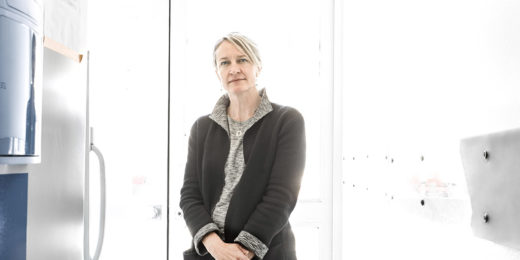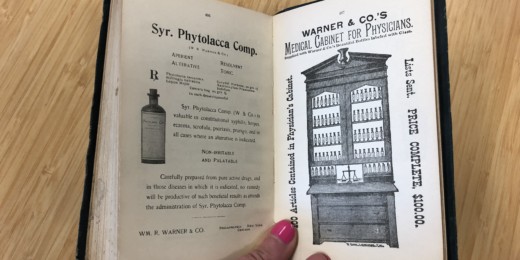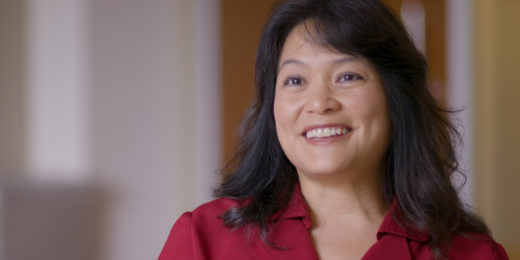Researchers from Stanford and Seoul National University have constructed an artificial sensory nerve circuit that imitates human reflexes and ability to sense touch.
Month: May 2018
Going beyond words for a window to a teenager’s world
An iPad app is helping a nonverbal 19-year-old make social connections and express her thoughts and needs as never before.
Stars of Stanford Medicine: Caring for the animals that advance human health
Jacob Theil, a resident in laboratory animal medicine, is featured in this Stars of Stanford Medicine installment. A clinician and a researcher, Theil spends time with his wife and son, playing video games and visiting breweries on his days off.
Nipah virus could evolve to spread globally, Stanford researcher says
Stanford's Stephen Luby discusses how the little-known but deadly Nipah virus is transmitted, in light of news of an outbreak in southern India.
New center aims to predict disease earlier and, when possible, prevent it altogether
Scientists who work with the Stanford Precision Health and Integrated Diagnostics Center set out to find new ways to precisely predict, prevent and diagnose diseases that range from diabetes to mental health.
Assessing our nation’s control of blood pressure: A Q&A
Physician Shreya Shah discusses the controversies, problems and solutions to improve care for patients with high blood pressure in the United States.
The medical student’s identity crisis
In this Stanford Medicine Unplugged piece, second-year medical student Natasha Abadilla reflects on how medical school can delay many aspects of adulthood, such as career and family.
Health data provide insights into rare diseases, say panelists at Big Data in Precision Health
At a time when technology is bringing the world closer together, the practice and potential of sharing patient data is beginning to blur the notion of “rare” diseases, and offer more options for identifying and treating conditions previously considered undiagnosed, panelists at a Stanford conference said.
The digital evolution of health care at Big Data in Precision Health
During a digital health-focused session at the Big Data in Precision Health conference, four speakers detailed the ways in which they're harnessing digital technologies to empower patient health.
To prevent an antibiotic from causing hearing loss, researchers team up to design new drugs
Stanford scientists used discoveries in the lab to design new versions of a widely used antibiotic to prevent the side effect of hearing loss.
Telling their stories: A tribute to the life and work of Sylvy Kornberg
Sylvy Kornberg was known as the wife and mother of Nobel laureates. But she was also an accomplishment biochemist, her granddaughter writes.
Elevating everyone at the Big Data in Precision Health conference
Experts from academia, industry government and more came together at this year's Big Data in Precision Health conference to share successes, lessons and insights into how they're breaking down data to precisely advance health care and research.
Two unlikely patients with a transplant in common
They were two patients who couldn’t have been more different: one was a baby boy less than a year old, the other a retired physician. They even had vastly different medical conditions. Yet both needed the same life-saving remedy: a liver transplant.
Modern medicine is challenging the ability of doctors to listen to, bond with patients
The culture of modern medicine is challenging the ability of doctors to develop strong relationships with their patients, potentially harming both health care and physician wellness.
Forgotten book provides glimpse of history of medicine
The medical dictionary was small, with a worn green-black cover. Published in 1898, it featured a wonderfully odd assortment of terms, with definitions averaging about six words. I set out to learn more about who wrote it and how it was used.
A look at Stanford’s personalized, team-based approach to diabetes
This video highlights Stanford Health Care's team-based approach to diabetes care. Patient Hazel shares her experience helping to design a treatment plan.


